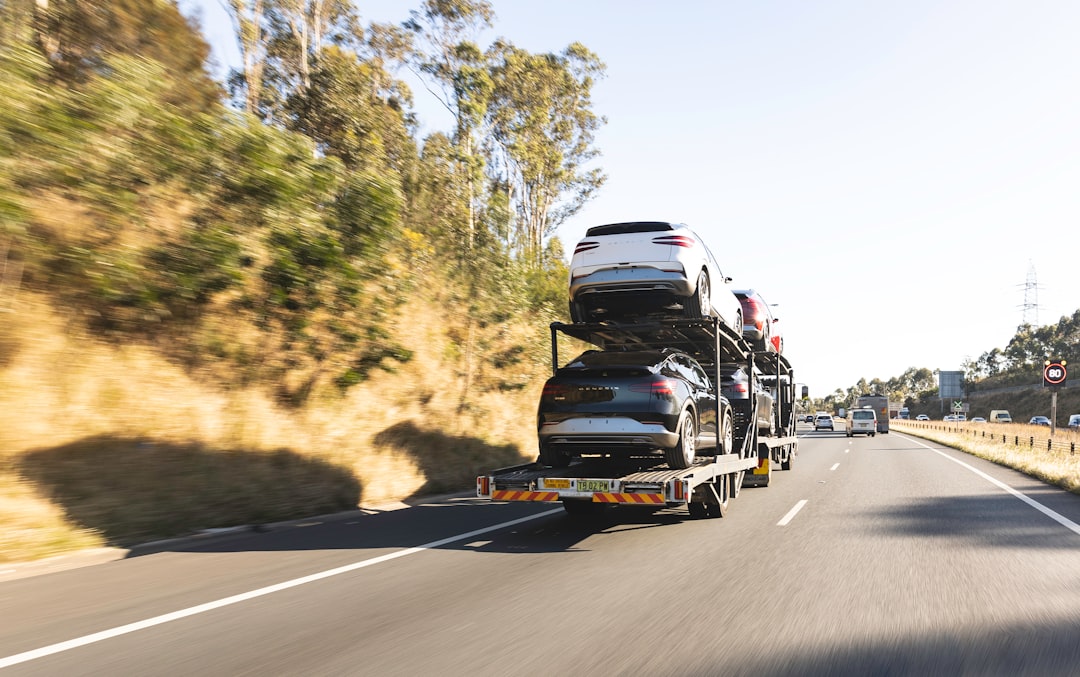In recent years, the adoption of electric vehicles (EVs) has taken center stage as a pivotal element in the transformation of urban landscapes. As of 2023, electric vehicles have surged past a critical milestone, accounting for 14% of global car sales, according to a report by Bloomberg Green. This remarkable shift is not just about reducing carbon emissions or enhancing energy efficiency—it’s also driving a fascinating change in cultural diversity within urban areas. In this article, we’ll explore how the rise of EVs is fostering cultural diversity, transforming urban mobility, and redefining city living. Whether you’re a city dweller, an EV enthusiast, or someone curious about cultural trends, you’ll discover the profound impact of electric vehicles on our diverse urban tapestry.
The Intersection of EV Adoption and Urban Diversity
Urban Mobility and Accessibility
Electric vehicles are more than just eco-friendly alternatives; they are catalysts for inclusivity in urban mobility. With cities like Oslo, Amsterdam, and San Francisco leading the charge in EV adoption, these vehicles are becoming increasingly accessible to a broader demographic.
- Shared Mobility: The rise of EVs has seen an increase in shared mobility solutions like car-sharing platforms. Companies such as Zipcar and Hertz are integrating EVs into their fleets, offering an affordable and sustainable transportation option for people from different economic backgrounds.
- Public Charging Infrastructure: Efforts to expand public charging networks, supported by government initiatives, are making EVs more accessible. Cities like London and New York are setting up charging stations in diverse neighborhoods, ensuring that all urban residents can participate in the EV revolution.
Economic Opportunities and Job Creation
The transition to electric vehicles is also sparking economic opportunities, contributing to cultural diversity through job creation and skill development.
- Manufacturing and Maintenance: New EV factories and maintenance centers are being established worldwide, from Tesla’s Gigafactories in the U.S. and China to Volkswagen’s electric vehicle facilities in Germany. These are generating jobs and attracting a multicultural workforce.
- Innovation Hubs: Cities are becoming innovation hotspots, with startups and tech companies focusing on EV technologies. This trend is drawing a diverse range of talent, fostering a multicultural environment in urban tech sectors.
Environmental Justice and Community Health
EV adoption is playing a significant role in promoting environmental justice, particularly in densely populated urban areas.
- Reducing Air Pollution: By reducing reliance on fossil fuels, EVs help decrease air pollution—a significant health concern in many urban neighborhoods, particularly those with minority communities. According to a study by the International Energy Agency (IEA), regions with higher EV adoption have seen a marked improvement in air quality.
- Community Initiatives: Programs aimed at increasing EV adoption in underserved communities are emerging, such as the California Air Resources Board’s Clean Cars 4 All program. These initiatives provide incentives and support, ensuring that the benefits of cleaner air and reduced pollution reach all demographic groups.
Practical Guide to Engaging with EVs
How to Choose the Right EV for Urban Living
When selecting an EV, consider factors such as range, size, and infrastructure compatibility:
- Range Needs: Assess your daily travel requirements. Models like the Tesla Model 3 or the Nissan Leaf offer excellent range for city driving.
- Size and Parking: Urban living often means tight parking spaces. Consider compact models like the Hyundai Kona Electric or the Mini Electric.
- Charging Options: Ensure that you have easy access to charging stations. Home charging solutions or proximity to public chargers can greatly influence your decision.
Where to Buy and Maintain EVs
- Dealerships and Online Platforms: Major brands like Ford and BYD offer online purchasing options, providing a convenient way to compare models and prices.
- Maintenance Services: As EVs require less maintenance than traditional vehicles, look for certified service centers specializing in EVs for any necessary repairs or updates.
Comparison of Popular Urban EV Models
Here’s a quick comparison of some popular EVs suited for urban environments:
| Model | Range (miles) | Price (Approx.) | Unique Feature |
|---|---|---|---|
| Tesla Model 3 | 358 | $40,000 | Autonomous driving tech |
| Nissan Leaf | 226 | $28,000 | Affordable, dependable |
| Hyundai Kona Electric | 258 | $37,000 | Compact, versatile |
| Mini Electric | 110 | $30,000 | Iconic design, compact |
Conclusion: The Future of Urban Diversity and EVs
As electric vehicles continue to reshape urban areas, they are fostering a more inclusive and diverse cultural landscape. From increasing accessibility to creating economic opportunities and promoting environmental justice, the influence of EVs is profound and multifaceted.
The journey toward widespread EV adoption is not just about technological advancement; it’s a societal transformation that invites everyone to participate. Whether you’re considering an EV for your next vehicle or simply observing the changes in your city, take a moment to appreciate how these innovations are weaving a new urban tapestry. What role will you play in this evolving landscape? Join the conversation and be part of the change.
In conclusion, the future looks bright as electric vehicles drive us toward a more sustainable and culturally diverse urban environment, proving that technological advancement can indeed lead to a richer, more inclusive world.

